British A34 Comet Cruiser Tank Mk.1 type A
The Dutch engineering company BAIV B.V. has fully restored a British Comet tank number T335252 to a fully working condition. It has been painted and marked as a WW2 Comet in the 3rd Royal Tank Regiment, 11th Armoured Division.
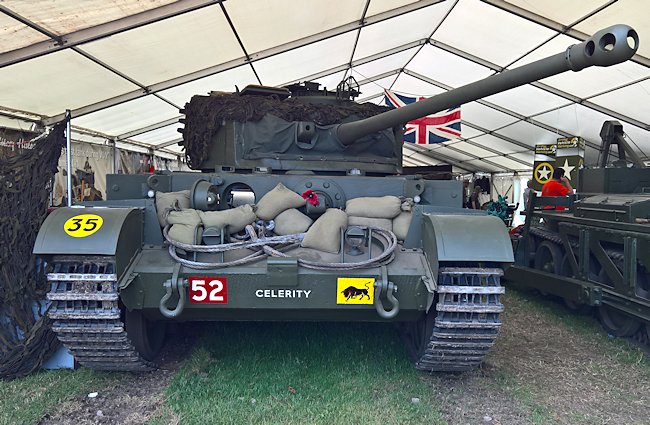
Fully restored to a running condition the WW2 British Comet tank number T335252 Celerity
Location
This Comet tank has been purchased by a private owner who lives in Whicita, Kansas, USA. It was restored to a working condition by the Dutch engineering company BAIV BV International Trading Company. They are a specialist in Armoured Military Vehicles and Parts. There address is Rondven 25, NL-6026 PX Maarheeze, Noord-Brabant, The Netherlands. There website is www.baiv.nl
Specifications
The tank was armed with a 77 mm high velocity HV gun that used a shortened 17pdr gun barrel. It used the same calibre armour piercing projectile as the 17-pounder anti-tank gun, but the cartridge case was from the older QF 3 inch 20 cwt anti-aircraft gun loaded to higher pressures. This new British tank gun's ammunition was not interchangeable with the Sherman Firefly's 17-pounder, so to prevent confusion over ammunition supplies, it was renamed the 77 mm HV gun although it was the same 76.2 mm calibre as the 17-pounder. It could fire armour-piercing discarding sabot (APDS) shells that could penetrate 256 mm of armour plating at 500 metres and 233 mm at 1000 meters. It was a Tiger and Panther tank killer.
The Comet tank was also armed with two 7.92mm Besa machine guns. One was in the hull and another next to the main gun in the turret. Production started in September 1944 and the first batch were delivered to the European battlefront in December 1944. A total of 1,186 were produced.
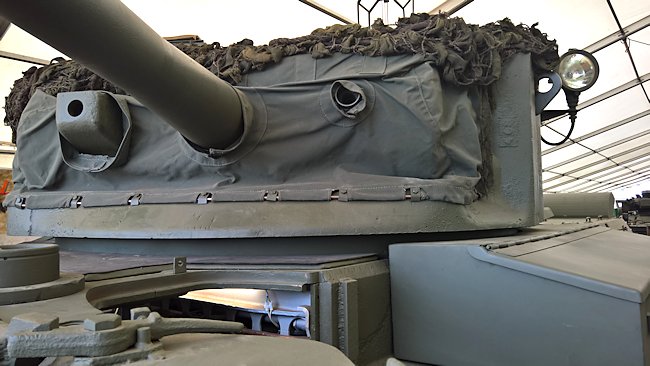
During trials it was found that dirt and small stones could get stuck in the gap between the mantlet and the main turret preventing it moving up and down. The solution to this problem was the fitting of strong canvas cover.
The Comet tank is an upgraded Cromwell tank with a larger turret and new 77mm gun that was capable of firing new ammunition that could penetrate the armour of the German Tiger and Panther tanks. It was a stop-gap tank used by the British Army until the Centurion tank entered service. It saw active service in 1945 on the push through the Netherlands and Germany in the last few months of the war.
The restoration of this Comet tank started in the 1990’s. The German tank museum Deutsches Panzermuseum in Munster invited a group of British tank enthusiast engineers to restore their museum Comet back to a working condition.
The tank restoration work was done at the German Army Paderborn Sennelager Barracks. Spare parts were taken off another Comet tank that was currently being used as a range target. The Museum’s Comet tank was very quickly returned to a full running condition.
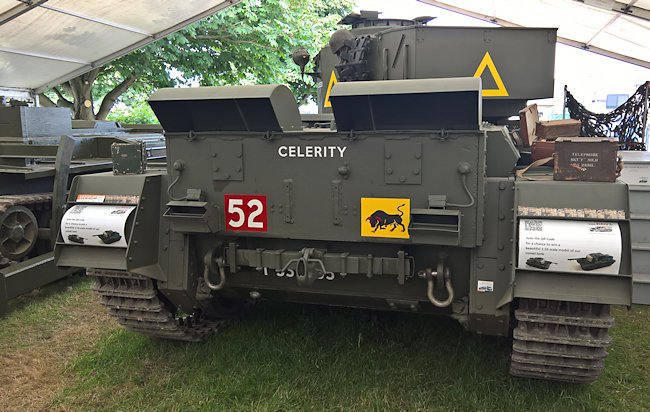
WW2 style twin split Normandy exhaust cowlings enabled the gun to be locked to the rear for long distance road travel or transportation by rail.
The British Restoration team showed of what they had done to the tank firing range commander. He was so impressed with their work that he donated the remaining chassis and turret of the Comet on his firing range to the group.
It was taken back to David Arnold’s Isle of Wight Tank Museum. He had collected two other Comet tank chassis and now hoped to bring back to life a troop of three Comet tanks. Unfortunately David’s dream never materialised as the Museum had to close due to lack of funding and problems with the landlord.
Before it closed Ivo Rigter senior and junior visited the museum in 2013 to conduct research for their own Comet restoration project. They owned the Dutch engineering company BAIV B.V. They became friends with David.
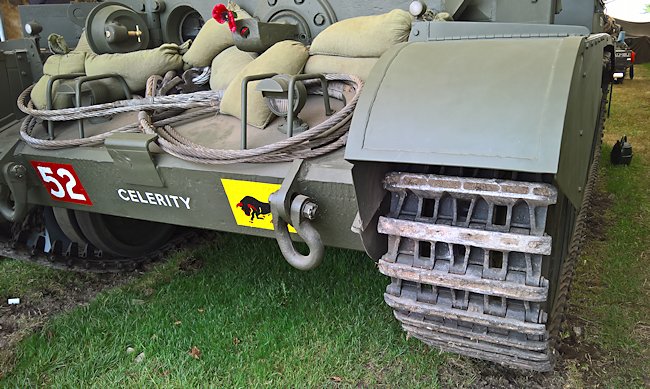
The Comet tank was fitted with a hull mounted 7.92 mm BESA machine gun. There was room for the storage of 5,175 rounds.
They purchased a number of items from the Isle of Wight Tank Museum’s inventory including the German firing range hard target Comet T335252 chassis and turret. They were shipped to the Netherlands and work started in September 2015.
A total of 6,500 hours of work was invested in the restoration project. Where possible original parts were used including a Rolls Royce Meteor V12 engine and a five speed semi-epileptic Merritt-Brown combined gearbox and steering unit.
Some parts had to be fabricated because the original part was either missing or too corroded. Most of the external storage bins, buckets, fenders and ‘Normandy Cows’ exhaust cowling covers had to be made from sheet metal from scratch. New seats had to be built.
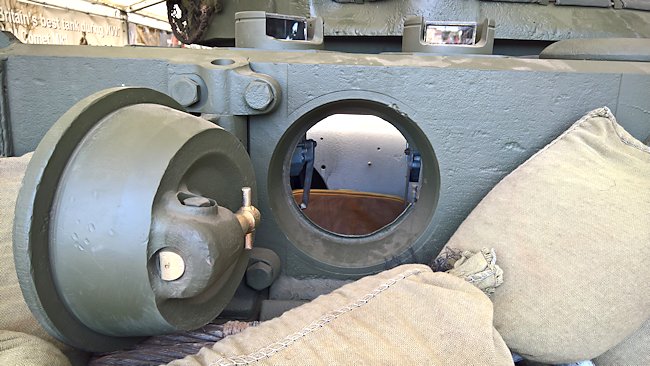
The driver of a Comet tank had an armoured port that could be opened for driving in none combat areas. On the battlefield the driver used a periscope to see where he was going.
The BAIV team decided to name their tank Celerity after the WW2 Comet that destroyed a Tiger tank by the Aller River on the outskirts of Norddrebber between Hanover and Bremen. The Latin word celerity means ‘with speed’.
It was painted and marked as a vehicle in the 3rd Royal Tank Regiment, 11th Armoured Division. It has been purchased by an American tank enthusiast. Its new home is in Wichita, Kansas. The skills learnt from rebuilding Celerity has enabled the Dutch team to start work on restoring three more British Comet tanks to a running condition.
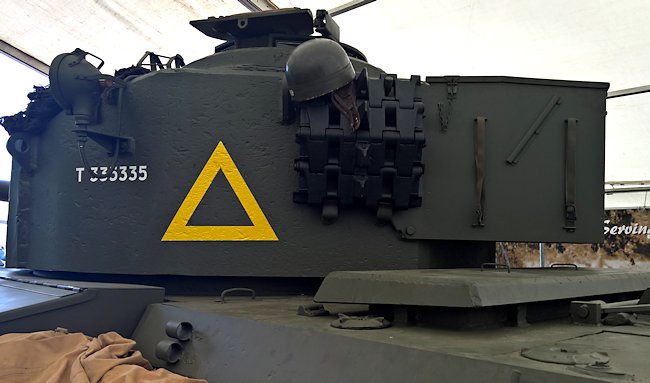
WW2 British Comet tanks had armoured stowage bins attached to the rear of the turret.
WW2 Comet Tank books

